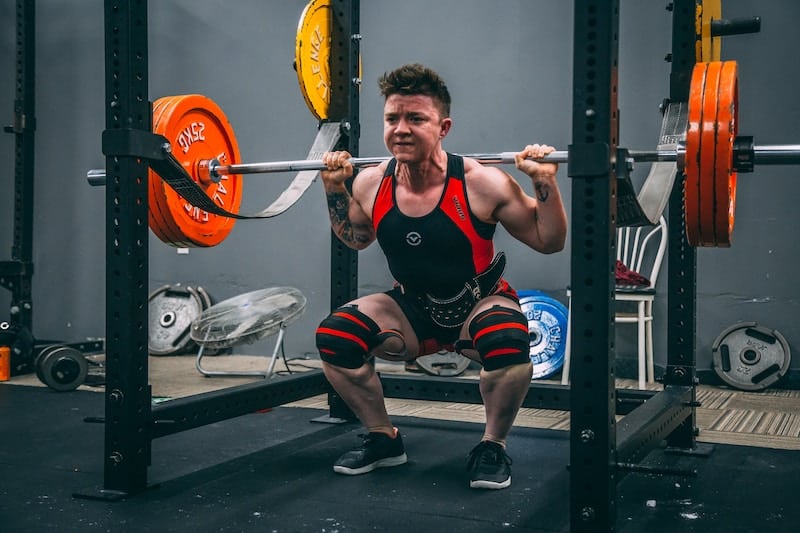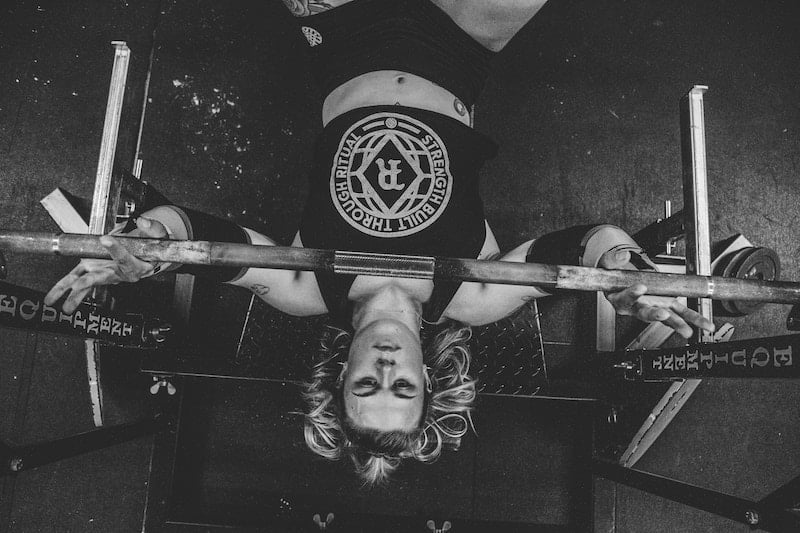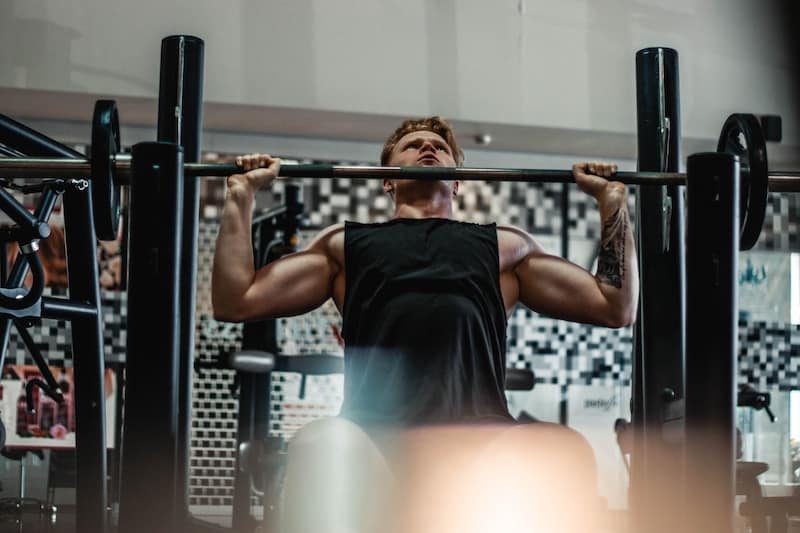You’ve likely heard that the most important part of any strength exercise is having correct form. Regardless, you likely slogged through your exercise the way you always do because it’s what you’re used to and because, who has the time to nitpick about that, anyway?
Well, this is why form is so important:
- It can prevent you from getting injured. Incorrect form can cause extra stress on certain parts of the body and put you in a vulnerable position susceptible to injury.
- It can help you lift heavier weights and improve your performance allowing for better overall results.
- It can help target the muscles you’re trying to focus on anyway, and utilize an exercise to its full potential.
The barbell squat, bench press, and pull-up are three common exercises in the resistance training community. Each of these exercises has a specific technique to help decrease injury, while also enhancing performance. This article will share proper techniques for you to achieve the safest and strongest lifts possible.
The Barbell Squat

This exercise is arguably one of the most technically advanced exercises there is. Don’t let that scare you away, though, because it’s also one of the best exercises and I recommend it to just about everyone.
Here’s what a barbell squat with perfect form should look like:
- Feet: Your feet should be about shoulder width apart with your toes facing forward. When you lower to the ground, your heels should be able to stay on the ground and you should focus on driving up through your heels. If your heels come off the ground and you find yourself on your toes, this can be due to flexibility and mobility issues you need to address.
- Knees: On your descent, you should focus on pushing your knees out over your second toe. What you don’t want is for your knees to cave inward, which can put you at risk for injury. If you find this hard to do, your gluteus medius might be weak and you might want to look up some exercises to help strengthen that.
- Hips: Your hips should be where your movement starts. The exercise should be initiated with a backward movement of the hips before anything else as if you were going to sit in a chair.
- Chest, back, and spine: These should all stay in in a neutral position throughout the movement. This will help prevent injuries. During the squat, your chest should be facing outward and upward rather than facing the floor. Lots of beginners have the tendency to lean really far forward so their chest is facing straight towards the ground. Oftentimes, this can be due to flexibility issues in the hips. This can be a major problem when heavier weights are loaded onto the back, often causing lower back injuries. A way you can make sure you keep your chest up is by having your elbows point down towards the floor when you grab the bar. This will help force the chest in a more upward position.
- Upper back, shoulders, and core: All of these should be stable and hold a neutral position. A way to tighten all of these up is to pull down on the bar and pretend you are bending it over your back, as this will help hold your position.
Depth, or how far you squat down, is a whole other topic but a general rule should go as follows: Squat down as far as you can with control and without pain. Work on achieving the greatest range of motion you can but don’t allow your knees to go past your toes.
The Bench Press

The bench press is a common exercise a lot of gym-goers like to do, but often with many mistakes.
This is what a bench press with proper form should look like:
- Wrists: People’s wrists tend to bend backwards when they do a bench press, but it’s important that your wrists are in a neutral position. This is where your wrists are the strongest. A bent wrist could lead to a severe injury, especially with a heavy weight. Fixing a bent wrist to a neutral wrist is simple but could feel odd at first. It takes some getting used to, but is well worth it.
- Chest: You want to make sure you lower the bar to the towards your chest. It is a common mistake to lower the bar higher on your chest, but this causes stress to your shoulders and puts them at risk for injury.
- Upper back: Your upper back should have a slight arch to it rathe than being flat on the bench. Focus on pinning your scapulas back into the bench and tightening up your upper back. This will help keep your shoulders in a more stable position and decrease injury risk. Make sure to keep your butt, and feet flat on the
The Pull-Up

Lastly, the pull-up. This is one of the most challenging exercises to perform in general. There are many variations of this exercise, making it possible for all levels to perform it. Variations such as the assisted pull-up machine and band pull-ups are great ways to start until you work your way up to doing a pull-up with your own bodyweight. Don’t get the pull-up confused with the chin-up, which is an exercise where you grab the bar with your palms facing towards you. Rather, a pull-up is where your palms face away from you.
This is how you should do a proper pull-up:
- Hands: Start by grabbing onto the bar with your hands slightly wider than shoulder width.
- Elbows: When you begin to pull up, focus on bringing your elbows down to your side while also keeping your shoulders back.
- Shoulders: A common mistake is rounding the shoulders forward. You’ll want to focus on keeping them back and in position.
- Upper body: Try keeping your upper body in a stable and straight position and not letting your back become round..
Again, try to control your reps and don’t bounce around to try and get up.
Form should be the key of each exercise—not the weight being lifted or the reps being completed. Try to focus on practicing the skill in each of these exercises and the rest will come in time. Remember, you can’t improve at an exercise if you get injured because you were using poor form. You certainly can’t get better at an exercise that you aren’t physically able to perform anymore. Learn to do exercises properly so you can always continue to progress forward rather than back. Correcting your habits—in exercise, in nutrition, and in every other aspect of life—now rather than later will enhance your longevity and quality of life.


2 servings
1 slice
* The % Daily Value (DV) tells you how much a nutrient in a serving of food contributes to a daily diet. 2,000 calories a day is used for general nutrition advice.